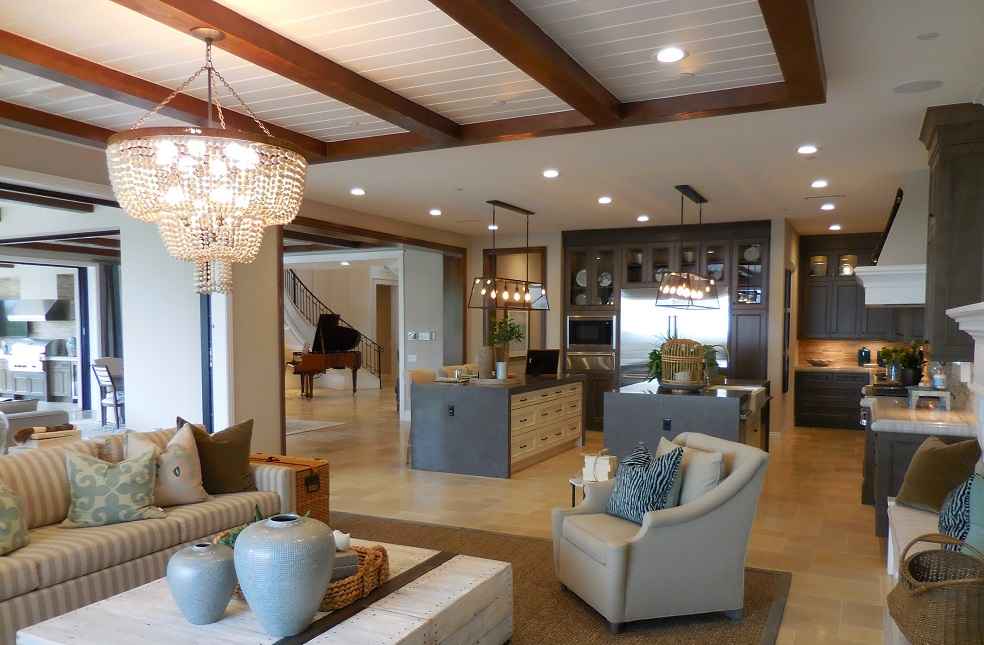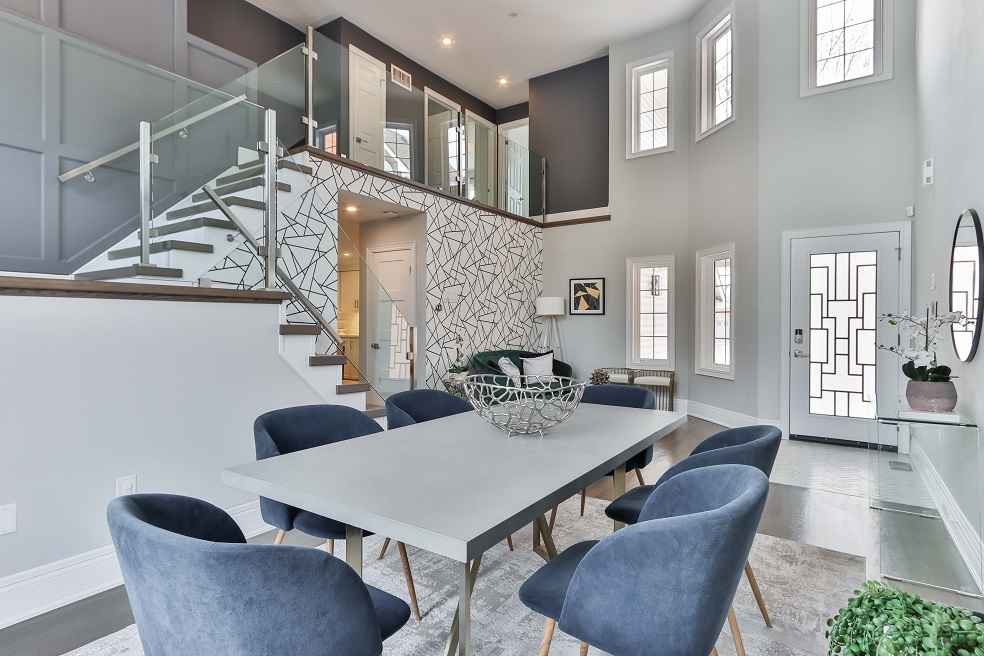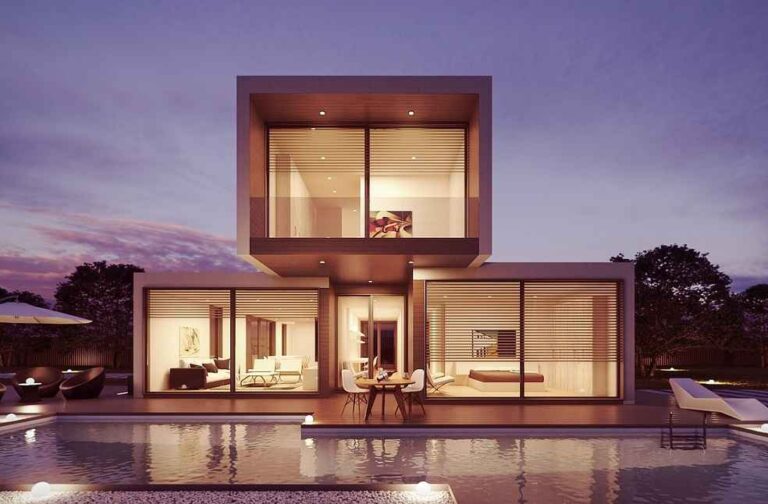The luxury real estate market in India is witnessing an unprecedented surge, with posh neighborhoods, fabulous views, and heated infinity swimming pools becoming the new normal for affluent Indians. This burgeoning trend is not confined to the elite class alone, but is increasingly catching the attention of a broader segment of the population, ushering in a new era for India’s real estate sector.
In February 2023, an image that circulated on social media depicted a large crowd gathering at the office of realty developer DLF for the launch of a new luxury housing project. The crowd’s eagerness to purchase an apartment priced at ₹7 crore was a testament to the surging demand for luxury housing. Subsequently, DLF announced the sale of 1,137 such units in its Gurgaon unit.
This trend is supported by data from Knight Frank, a global property consultant, which reveals a 65% increase in the average value of registered properties in Mumbai from February 2022 to February 2023. The current average stands at ₹1.9 crore.

The preference for luxury housing has gained momentum, driven by an appetite for premium amenities like heated pools, spas, community gardens, exclusive clubhouses, and high-end fitness centers. “There is nothing money cannot buy,” says a luxury home buyer, pointing to the escalating demand for high-value properties.
Industry experts note a significant off-take of luxury housing in the last quarter. Subhankar Mitra, managing director – advisory services at Colliers India, observes that approximately 6,000 units valued above ₹2 crore were sold in the top seven cities, accounting for gross sales of nearly ₹22,000 crore. This uptick in sales has outpaced the new supply of about 12,800 luxury units during the same period.
In terms of sales share, the Mumbai Metropolitan Region (MMR) and National Capital Region (NCR) lead the luxury real estate market, contributing to more than 50% of the total sales. Bangalore and Pune follow, with a 20% and 15% share respectively, while Hyderabad and Ahmedabad hold less than 10%.

A combination of factors has ignited this demand. Anuj Puri, chairman of Anarock Group, a real estate services company, cites the growth of the Indian economy, changing urban lifestyles, and an emerging class of affluent individuals with high purchasing power as some of the primary drivers.
The Covid-19 pandemic has also played a pivotal role in shaping this trend. It has triggered a shift towards larger homes with more space to accommodate work-from-home arrangements and other lifestyle changes.
Furthermore, the government’s recent move in the Union Budget 2023-24, which will tax capital gains over ₹10 crore from April 2023, is believed to be a major factor propelling high-value property sales. High net worth individuals (HNIs) are rushing to finalize luxury housing deals before the new tax rule comes into effect, explains Puri.

Luxury housing in India, though not uniformly defined, generally encompasses high-end residential properties offering several amenities in prime locations or upscale neighborhoods. The specifics may vary by city and local real estate market, but the core principles remain the same – a focus on providing a luxurious and comfortable living experience.
Modern-day luxury living also factors in proximity to business hubs and infrastructural amenities. This has extended the scope of luxury residences beyond restricted pin codes, making them location-independent.
LOGISTICS INDUSTRY: China’s logistics industry Surge: A Robust Recovery



